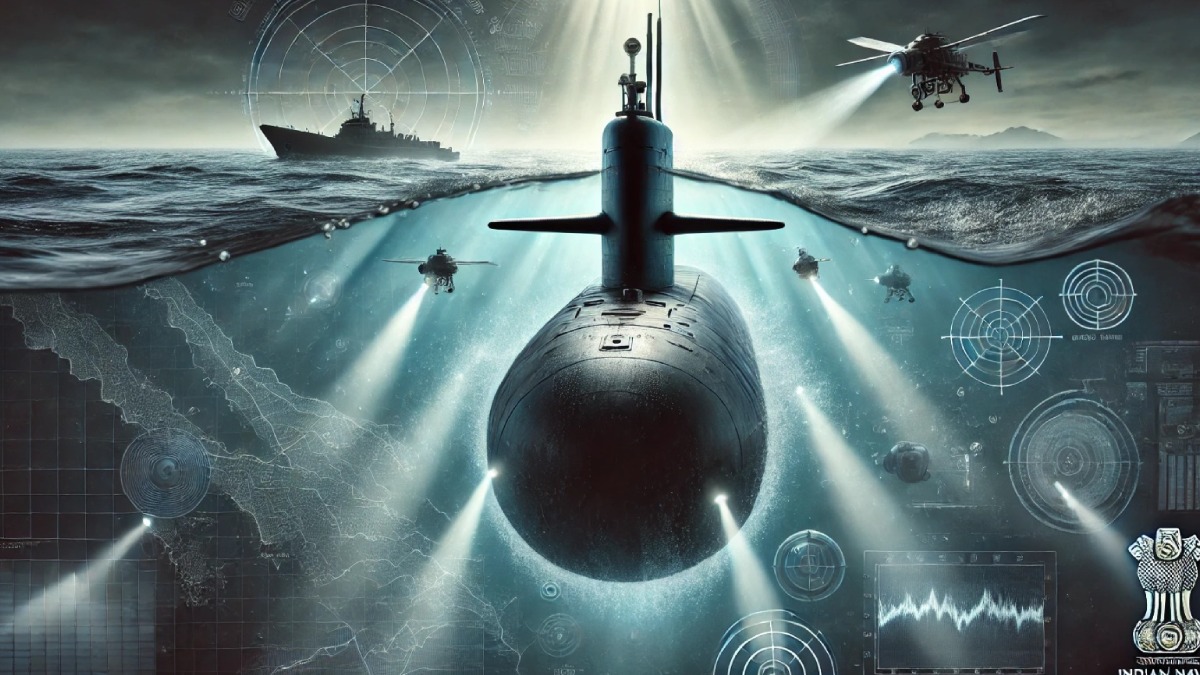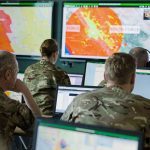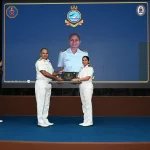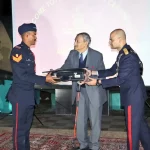As competition intensifies in global maritime domains, submarines and undersea surveillance systems have become pivotal assets in contemporary maritime security strategies. In regions like the Indo-Pacific, where nations such as India find themselves at the nexus of critical trade routes and geopolitical tensions, the development of robust undersea capabilities is more essential than ever. These advancements not only enhance military might but also serve as vital investments in national sovereignty, economic stability, and regional security.
In the current era, traditional naval strategies are experiencing a profound transformation driven by advancements in anti-submarine warfare (ASW) and the increasing reliance on unmanned systems. What was once the realm of stealthy predators beneath the waves is now evolving into a multi-purpose approach that emphasizes intelligence gathering, surveillance, and deterrence. This shift is reflected in India’s strategic investments in its naval capabilities, particularly in the sphere of submarines and undersea surveillance.
India’s extensive coastline and strategic location near key sea lanes of communication coupled with rising Chinese naval activities in the Indian Ocean Region (IOR) underscore the importance of a formidable undersea fleet as a cornerstone of India’s strategic deterrence. Initiatives like Project-75I, which aims to develop six next-generation submarines equipped with Air-Independent Propulsion (AIP) technology, demonstrate India’s commitment to improving its undersea endurance and stealth capabilities. AIP technology enables submarines to stay submerged for extended periods, significantly diminishing the risk of detection – a crucial advantage in contested maritime environments.
The introduction of AIP technology represents a significant advancement in submarine capabilities. Unlike conventional diesel-electric submarines that require surfacing to recharge, AIP-enabled vessels can operate silently underwater for weeks. This innovation aligns with India’s broader goals of self-reliance in defense manufacturing, minimizing reliance on foreign technologies, and fostering local innovation within the defense sector.
While submarines are critical for executing various missions, undersea surveillance systems are the backbone of maritime situational awareness. These systems, which combine networks of hydrophone arrays, sonar-equipped unmanned underwater vehicles (UUVs), and advanced acoustic sensors, are essential for early detection and monitoring of potential threats. India is actively working to establish a comprehensive undersea surveillance grid to cover vast areas of the IOR, securing vital chokepoints like the Malacca Strait and protecting key maritime assets, such as offshore energy platforms.
To amplify its undersea capabilities, India is engaging in collaborations with allied nations, including the United States, Japan, and Australia, through frameworks like the Quad. Shared intelligence and technological advancements enhance India’s ability to detect and track submarines, bolstering its maritime defense.
The complexities associated with modern undersea warfare require a combination of innovation and international cooperation. By partnering with like-minded countries, India is positioning itself at the forefront of technological advancements. Initiatives like the Malabar naval exercise not only improve interoperability but also provide opportunities for Indian naval forces to gain exposure to advanced ASW tactics.
Emerging technologies such as artificial intelligence (AI) and quantum computing are poised to redefine the undersea battlespace. AI systems can efficiently analyze acoustic signatures, distinguishing between benign entities and potential threats, while quantum communication enhances secure communication underwater, vital for coordinating operations in contested environments. Additionally, the exploration of autonomous underwater vehicles (AUVs) and swarm technology introduces versatile capabilities for reconnaissance and area denial operations.
India’s maritime strategy emphasizes not only strengthening its domestic capabilities but also enhancing ties with influential powers in the Indo-Pacific. Joint research and development initiatives with countries such as the United States and France promote the exchange of submarine technology and sensor expertise. Engaging in joint exercises strengthens India’s ASW skills and reinforces its role as a regional security provider.
With escalating maritime challenges, especially from China’s expanding naval reach, India’s capability to respond effectively depends on blending self-reliance with strategic partnerships. Submarines and undersea surveillance systems have transitioned from optional assets to essential components of India’s maritime arsenal. For a nation positioned at the heart of the Indo-Pacific and tasked with securing critical global shipping lanes, dominance in the undersea domain is crucial for both national security and maintaining regional influence.
In conclusion, India’s investment in advanced technologies, innovative practices, and strategic collaborations form the foundation of a resilient maritime force prepared to meet the challenges of the 21st century. As geopolitical rivalries continue beneath the ocean’s surface, India’s undersea strategy will play a pivotal role in ensuring stability and securing a prominent position in the maritime order.













